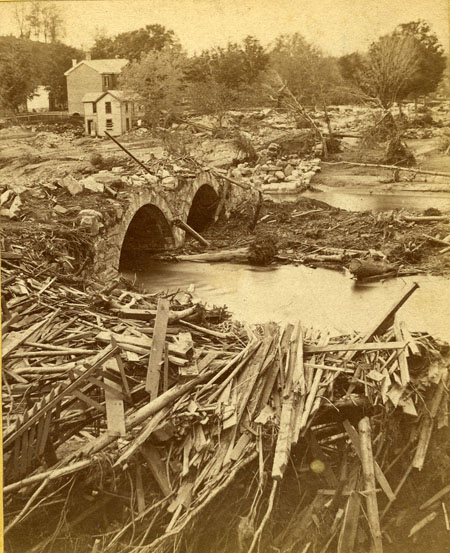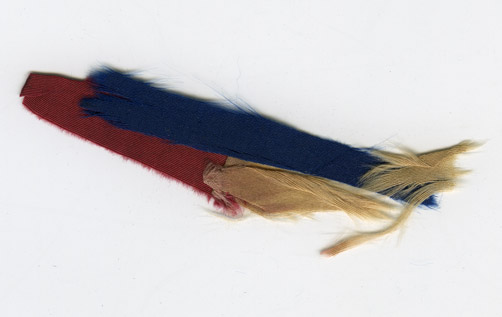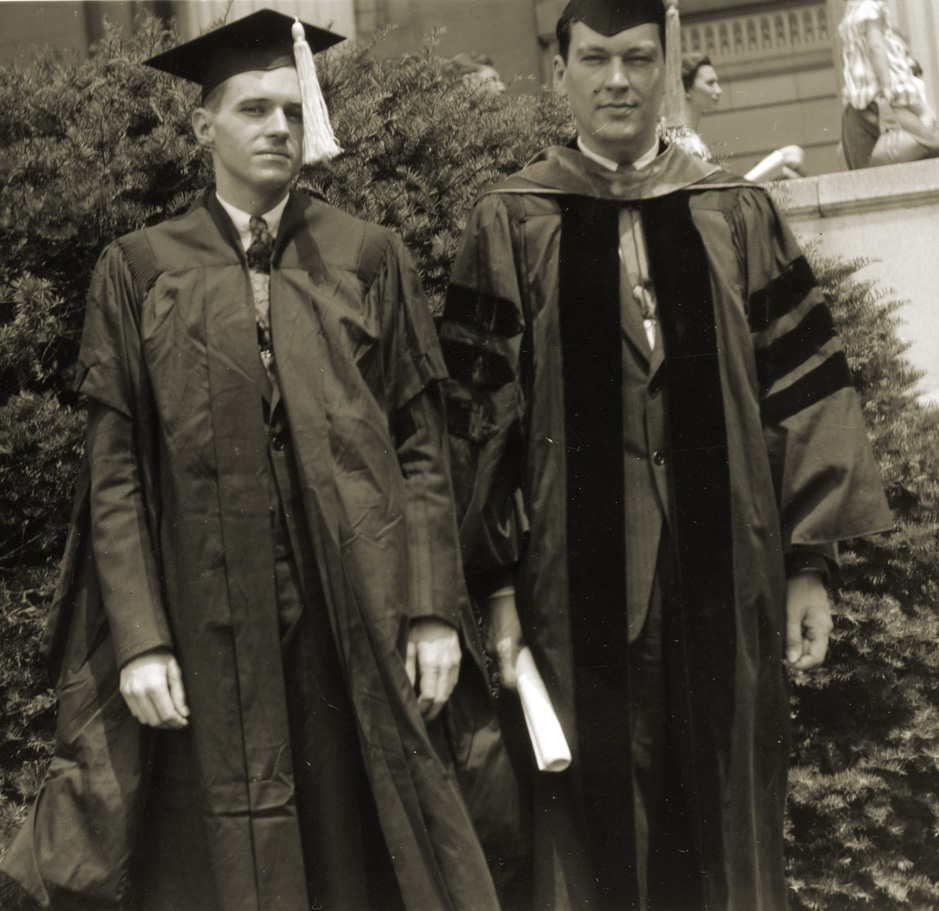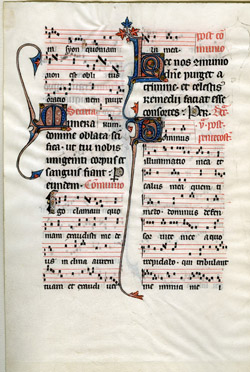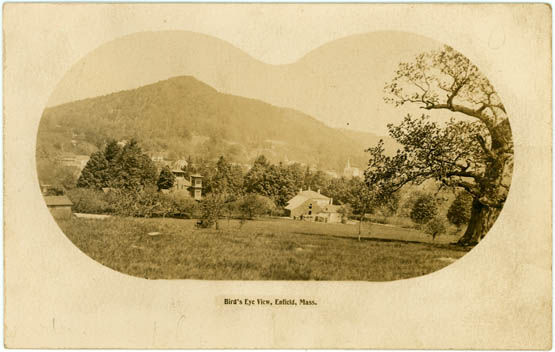Daniel M. J. and Joyce Stokes Papers
From 1987 through early 1988, Daniel and Joyce Stokes published Into the Night, “a newsletter for freedom for political prisoners held in the United States.” Based in Brooklyn, N.Y., this simply-produced publication offered updates and commentary on Americans imprisoned for politically-motivated acts. Reflecting both the legacy of 1960s radicalism and the resurgent activism associated with U.S. imperialism in Central America, Into the Night offered news on the Ohio 7 sedition trial, the MOVE organization, and the fate of Plowshares war resisters.
The Stokes collection contains correspondence from subscribers and supporters of Into the Night, fleshing out their political philosophy and the conditions of imprisonment. Drawn from groups including the MOVE organization, the United Freedom Front, Black Liberation Army, and Plowshares, the correspondents include Ramona Africa, Alberto Aranda, Philip Berrigan, Marilyn Buck, Carl Kabat, Ray Luc Levasseur, Ruchell Cinque Magee, and Carol Manning. The collection also includes copies of other radical publications and a complete run of Into the Night itself.

